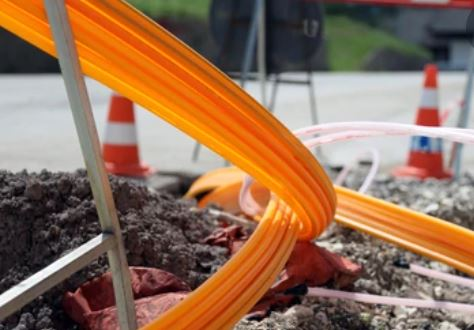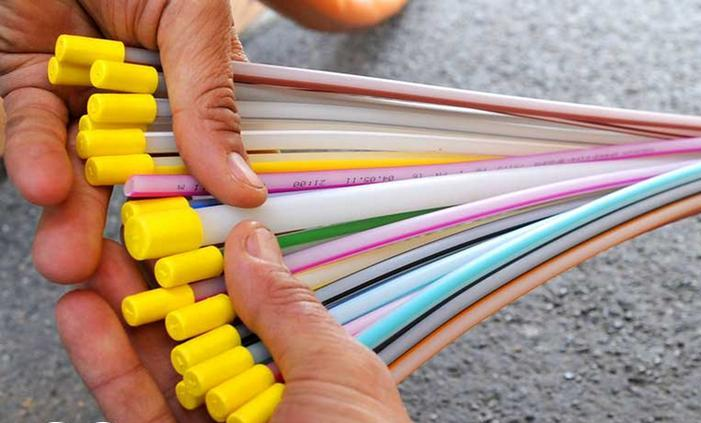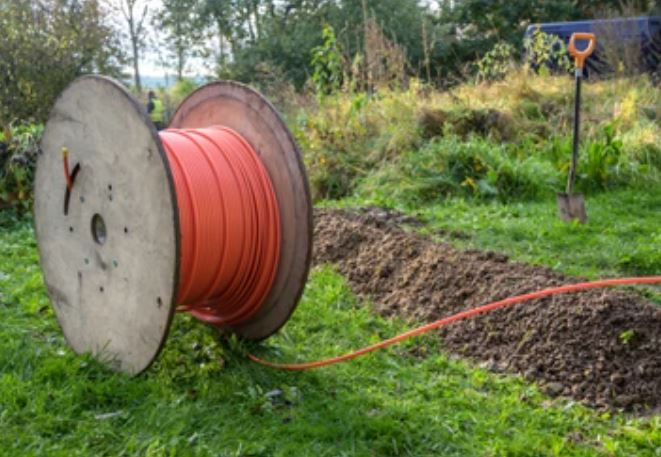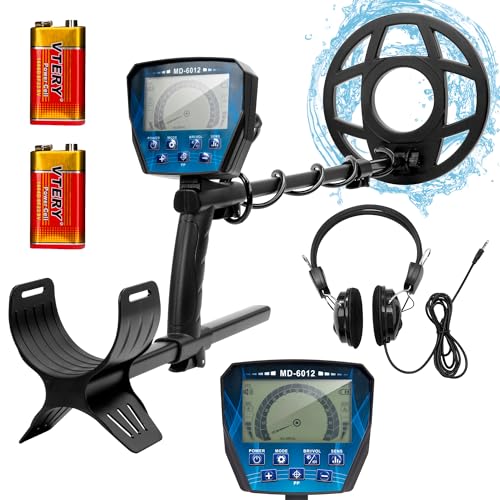
If you’re a metal detectorist, chances are you’ve wondered if your device can find fiber optic cable or dioptrics. Unfortunately, the answer is no. Here’s why.
The simple answer is that this type of cable is not magnetic. This is because it is made of glass or plastic, neither of which are magnetic materials. Sometimes they are in a metal protective casing, but the cable itself won’t set off your metal detector.
However, metal detectorists have reported that these types of cables can sometimes interfere with their metal detectors.
This is because the metal detector’s signal can be interrupted by the electrical signals that travel through the cable. In general, however, they should not affect a metal detector’s performance
How far is fiber optic cable buried?

Most of these cables are buried at a depth of around 18 inches, although the exact depth can vary depending on factors such as the type of terrain and the level of risk of damage from digging or other activities.
This depth is typically sufficient to protect the cable from damage while still allowing people to find it, for maintenance, should the need arise
In addition, this depth also helps to protect the cable from being accidentally cut by people who are digging in the area, like people metal detecting.
Why do we use Fiber Optics?

They are usually used in high-speed internet and cable TV connections. Glass fiber offers a number of advantages over traditional cabling and electrical wires.
First, they are able to carry much more data than traditional cables. This means that these dioptric connections can provide faster internet speeds.
Additionally, glass fiber is not as susceptible to interference from electric current as traditional cables. This means that the signal is less likely to become degraded over long distances.
Finally, glass fibers are much thinner and more flexible than traditional cables, making them easier to install in tight spaces.
Overall, glass fiber technology offers a number of advantages that make them the preferred choice for high-speed data transmission.
What does a fiber optic cable look like?

A fiber optic cable is a type of data transmission cable that uses light to carry information. The core of the cable is made of glass or plastic.
These have an outer coating that protects the inner cable from damage. When the outer casing is stripped away, the fibers inside the cable are visible.
They are very thin and flexible, and they can be bent or twisted without damaging them. The fibers are arranged in a spiral pattern around the core, and they are held together by a thin layer of plastic.
Each fiber is about the thickness of a human hair, and they typically transmit light over long distances without losing any information.
Does fiber optic cable have any copper in it?

If you’re metal detectorist, you’re probably wondering if fiber optics has any copper in it.
The answer is maybe.
It depends on the type of dioptric cable or power lines used. Some contain a small amount of copper, while others are made entirely of glass or plastic.
The type of cable that is used depends on the application and the underground utilities that it services. For example, telephone companies typically use copper-clad cable because it is less expensive and easier to work with than all-glass cable.
However, the all-glass dioptric cable is becoming more popular because it can support higher data rates and is less susceptible to electromagnetic interference.
Locating Fiber Optic Cables
As metal detectorists know, one of the best ways to locate buried metal is to use a metal detector.
The same principle can not be applied to finding these buried lines. But sweep-searching an area with a metal detector, it may be possible to locate the metal conduits that sometimes house the fiber optic cables.
Once the metal conduit is located, the exact position of the cable can be pinpointed. This method is especially useful for detecting cables that are buried on your own property.
If protected by a metallic casing then it is possible to locate fiber optic cables quickly and easily with your metal detector, without causing any damage to the cable itself.
So How Does A Metal Detector Work?
Metal detectors work by sending out electromagnetic pulses that are then reflected back to the detector when they hit a metal object.
The strength of the reflection depends on the type of metal and its conductor properties. For example, aluminum reflects signals better than copper, which is why aluminum foil can sometimes cause false positives.
Fiber optic cable, on the other hand, does not reflect electromagnetic pulses well at all. This is because as we have said, the core is made of glass or plastic, which have very different electromagnetic properties than metal.
So, while it might be tempting to think that your metal detector could help you by finding buried cables, unfortunately, that’s simply not the case.
Stick to using your metal detector for coins, jewelry, and other metallic objects—you’re much more likely to find something worthwhile!
Conclusion
Don’t waste your time trying to use your detector as a cable locator—it’s not going to work.
Stick to hunting for more potentially valuable items when treasure hunting like coins and jewelry with your metal detector instead.














